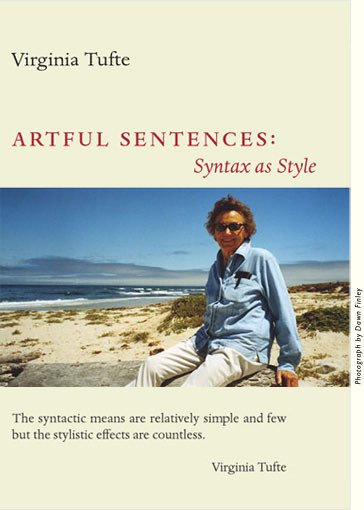Sublime
An inspiration engine for ideas
Orwell laid out his thoughts on how politically corrupting shoddy language could be in his famous 1946 essay “Politics and the English Language”: Modern English . . . is full of bad habits which spread by imitation and which can be avoided if one is willing to take the necessary trouble. If one gets rid of these habits one can think more clearly, a
... See moreDr. Frank Luntz • Words That Work: It's Not What You Say, It's What People Hear
“Properly speaking, of course, we cannot call it chaos. Grammar is like the air: someone higher up might try to set rules for using it, but people won’t necessarily follow them.”
Jay Rubin • The Wind-Up Bird Chronicle: A Novel (Vintage International)
Do a document search for all uses of “that” and “very”—kill as many of them as possible. These words are rarely needed.
Jeff Goins • You Are a Writer (So Start Acting Like One)
Everyone needs to know how to write stylish prose – students, professionals, and seasoned writers alike. Whether you’re writing to sell, shock, or just sing, Sin and Syntax – now celebrating 20 years in print–is the guide you need to improve your command of the English language.
Ten of the Best Books on Writing | Reading Room | Faber Academy
Place a comma before a conjunction introducing an independent clause.
William Strunk JR. and E.B. White • The Elements of Style, Fourth Edition
James Clear • The Weird Strategy Dr. Seuss Used to Create His Greatest Work
William Zinsser • On Writing Well: The Classic Guide to Writing Nonfiction

No comma, however, should separate a noun from a restrictive term of identification.